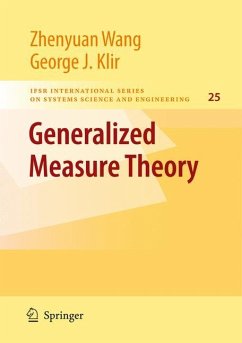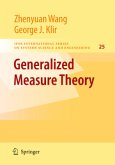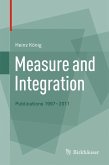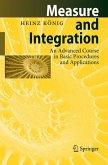In 1992 we published a book entitled Fuzzy Measure Theory (Plenum Press, New York), in which the term ''fuzzy measure'' was used for set functions obtained by replacing the additivity requirement of classical measures with weaker requirements of monotonicity with respect to set inclusion and con- nuity. That is, the book dealt with nonnegative set functions that were mo- tone, vanished at the empty set, and possessed appropriate continuity properties when defined on infinite sets. It seems that Fuzzy Measure Theory was the only book available on the market at that time devoted to this emerging new mathematical theory. Some ten years after its publication we began to see that the subject had expanded so much that a second edition of the book, or even a new book on the subject, was needed. We eventually decided to write a new book because the new material we wished to include was too extensive for-and far beyond the usual scope-of a second edition. More importantly, we felt that some fundamental changes regarding this topic's scope and terminology would be desirable and timely.
From the reviews: "The monograph contains many original results of the authors and provides an excellent introduction to the emerging field of generalized measure theory. The presentation of the large material is given with didactical skill, numerous examples serve for motivation and illustration of results. ... easy to read by everyone with a solid background in mathematical analysis, and on this basis in particular for students in mathematics and engineering at the graduate level. ... this book can serve as a starting point for research in this area." (Jan Stankiewicz, Zentralblatt MATH, Vol. 1184, 2010)








